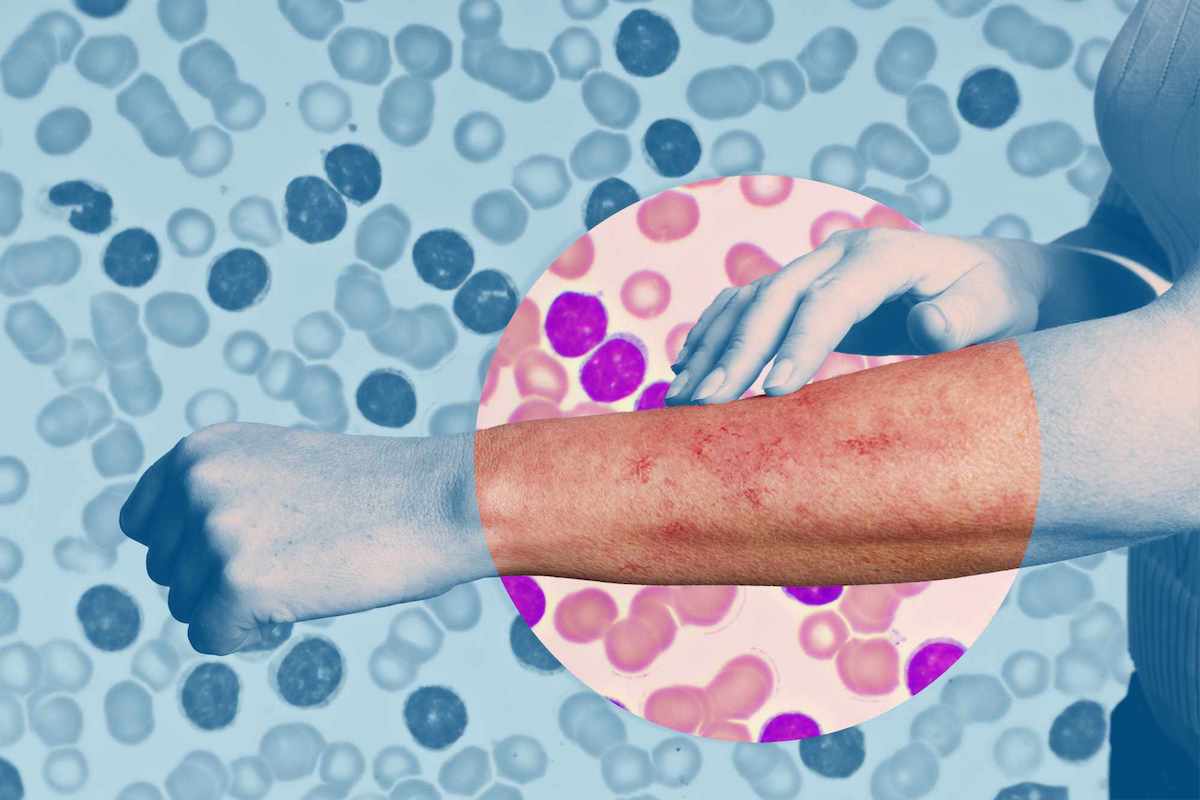Leukemia is a type of cancer that affects the blood and bone marrow. It is a disease that occurs when there is an abnormal production of white blood cells. The number of people diagnosed with this type of cancer can vary from year to year. According to the American Cancer Society, this year an estimated 50,000 new cases will be diagnosed in the United States. There are four main types: acute lymphoblastic leukemia (ALL), acute myeloid leukemia (AML), chronic lymphocytic leukemia (CLL), and chronic myeloid leukemia (CML). Each type of leukemia has its unique symptoms, causes, and risk factors.

Acute Lymphoblastic (ALL)
ALL is the most common type in children, but it can also affect adults. The symptoms of ALL include fatigue, fever, weight loss, and easy bruising or bleeding. The exact cause of ALL is not known, but it may be linked to genetic mutations, exposure to radiation or chemicals, or a weakened immune system. Children with Down syndrome have a higher risk of developing ALL.
Acute Myeloid Leukemia (AML)
AML is a fast-growing cancer that affects both children and adults. The symptoms of AML include fatigue, shortness of breath, fever, and easy bruising or bleeding. The exact cause of AML is not known, but it may be linked to exposure to radiation or chemicals, genetic mutations, or a weakened immune system. People with certain genetic disorders such as Fanconi anemia or Down syndrome are at a higher risk of developing AML.
Chronic Lymphocytic (CLL)
CLL is a slow-growing cancer that mainly affects adults over the age of 55. The symptoms of CLL include fatigue, swollen lymph nodes, fever, and night sweats. The exact cause of CLL is not known, but it may be linked to genetic mutations, exposure to certain chemicals or radiation, or a weakened immune system. Men have a higher risk of developing CLL than women.
Chronic Myeloid Leukemia (CML)
CML is a slow-growing cancer that mainly affects adults. The symptoms of CML include fatigue, fever, night sweats, and abdominal pain. CML is caused by a genetic mutation that affects the bone marrow cells. It is not clear what causes this mutation, but it is believed to be linked to exposure to radiation or certain chemicals.
Myelodysplastic Syndromes (MDS)
Myelodysplastic Syndromes also called, MDS or myelodysplasia, is another type that affects the bone marrow and blood cells. It is a group of disorders where the bone marrow does not produce enough healthy blood cells. As a result, people with MDS may experience symptoms such as fatigue, infections, and easy bruising or bleeding. While MDS is not always considered leukemia, it is sometimes classified as a type of this type of cancer, because it can progress to acute myeloid leukemia (AML).
Treatment Options
The treatment options for leukemia depend on the type of leukemia and the stage of the disease. The most common treatments for leukemia include chemotherapy, radiation therapy, and stem cell transplantation. In some cases, targeted therapy or immunotherapy may also be used. The goal of treatment is to kill cancer cells and restore normal blood cell production. However, the treatment may cause side effects, such as hair loss, fatigue, and an increased risk of infections.
There are so many ways to treat cancer these days, the above-mentioned are just a few examples. Sometimes they are combined, but it can also happen that these treatments do not help (anymore), so other options should be sought. That’s why it’s very important to do your own extensive online research and stay up to date about new treatments. Do your symptoms not quite match up? Then check out other cancers here. Have you already been diagnosed with leukemia, but aren’t satisfied with your treatment plan? It’s always a good idea to do a second opinion in another hospital or oncology center. Start your search today:

